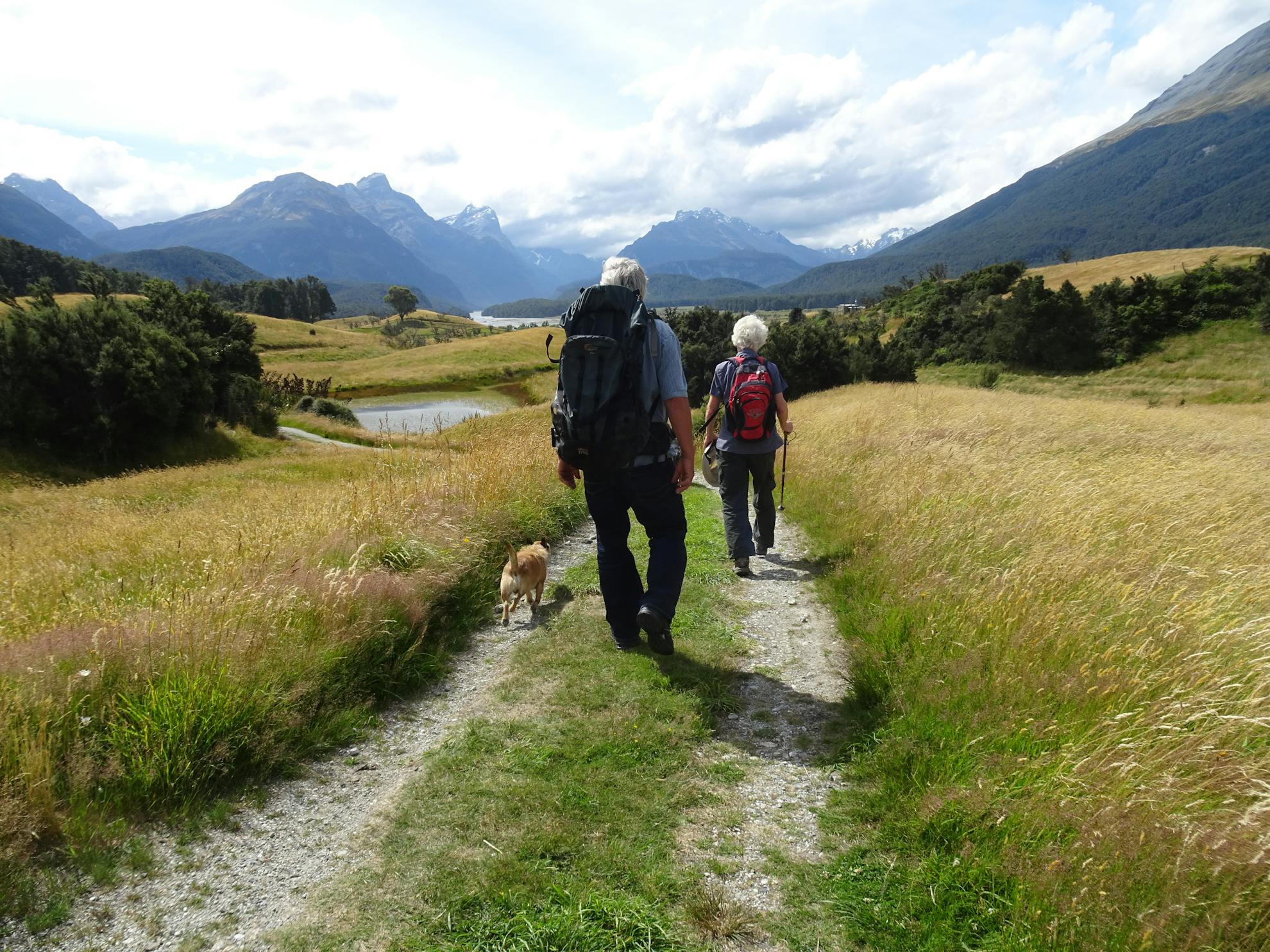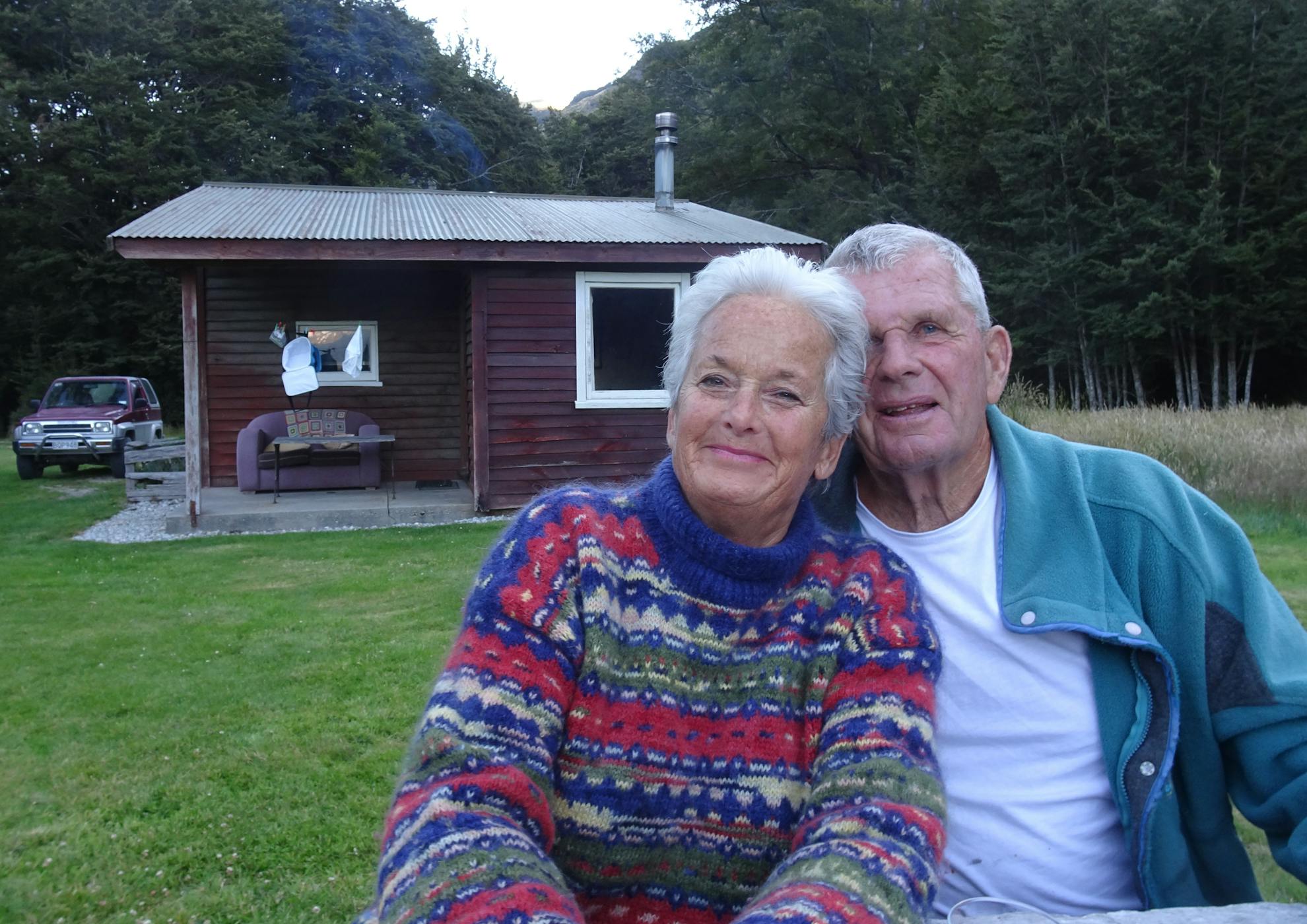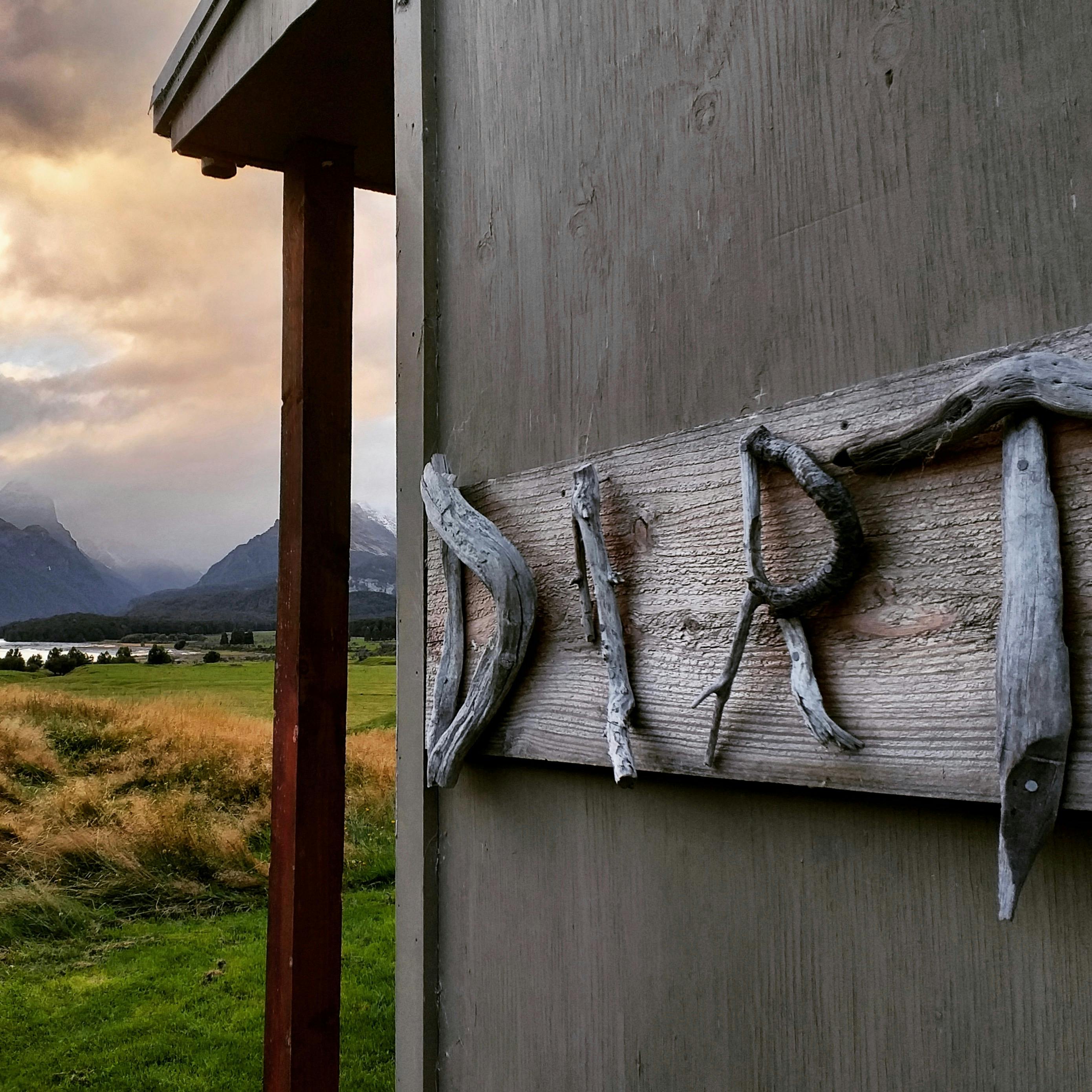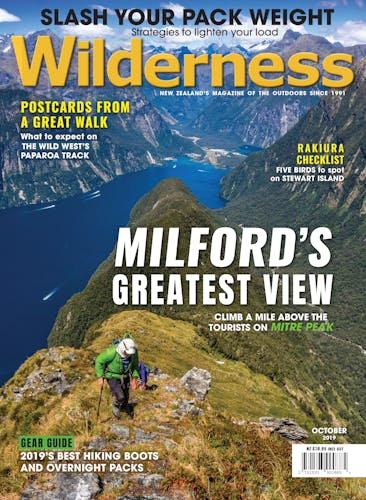Past remote Glenorchy is even more remote Paradise – a place littered with historic huts and epic views for those who want to experience a slower kind of holiday, writes Peta Carey
Paradise. The word and location is loaded with expectations. At the head of Lake Wakatipu, continue past Glenorchy towards the Dart River Valley, onto the gravel road past the Earnslaw Burn and through a corner of beech forest in Mt Aspiring National Park.
Sheep graze in the paddocks, and Diamond Lake appears as a slice of silver beneath the pyramid-like Mt Alfred. With the Main Divide becoming increasingly dominant in the windscreen, the small sign ‘Paradise’ starts to make sense.
But we’re not there, just yet. Cross the cattle stop, through the gate and drive on to the homestead. There’s a moment of wondering which way to go, before the trust manager, Mandy Groshinski, might appear with any number and shape of dogs by her side, and show you the way for a walk, or stay.
Head on up the road, past the treehouse, ‘Big Cottage’, and the ‘Old School’, and as you clear the top of the hill, take a breath and pause as the panorama unfolds. You’ve arrived. This is Paradise.
It’s not a farm, nor a conservation estate. The 121ha is a mix of both, with expanses of mature beech forest, nine rustic huts dotted throughout, the property nestled alongside the flanks of Mt Alfred. The gentle topography is interlaced with walking tracks and a few paddocks. It has expansive views over the Dart River Valley and the Southern Alps, or down to Diamond Lake. Mt Earnslaw’s Turret Peak looms above. Paradise sits very much on the ‘edge of wilderness’.
For many, particularly families with young children, Paradise is a first step into the outdoors. Children were top of the list for David Miller, the previous owner of Paradise. When he was nearing the end of his life in the late 1990s, he ensured the protection of Paradise by putting it into a charitable trust. Miller’s first thought (and trust clause) was that it would be managed ‘with particular attention to the needs and expectations of families and children’.
What he might not have considered, however, is that Paradise is also a place that those at the other end of life might seek out. For folk whose boots have taken them to the top of Mt Earnslaw, or into the wilds of the Humboldt Range, who have ventured farther than most, they might now find solace and comfort on the edge of those wilds.
Hazel and Dave Sneath have spent their lives immersed in the outdoors. They have tramped and climbed mountains in New Zealand, Europe and Africa, and have sailed a good many oceans. But now in their late 70s, joints creaking from carrying heavy packs over the decades, they have had to face the inevitable: slowing down.
“Old age is not for the faint-hearted,” laughs Hazel. “We call ourselves ‘retired mountaineers’. It wasn’t a conscious decision. It just became harder and harder, and hurt a lot more. The transition to lower-level, shorter walks, just sort of happened. We listened to our bodies and acceptance gradually settled in.”
Hazel and Dave return to Paradise every year. Instead of major expeditions into the hills, they’re content to take a step back.

“We simply do day walks, on gentler terrain, often just around Paradise,” says Dave. “And without a heavy pack – it’s bliss.”
Adds Hazel: “We even have the same experience of rustic backcountry huts, but with a little more comfort, a decent bed and an even better view than most DOC huts.”
Many of the huts or cabins here date back several decades. Most are off the grid, but with a decent wood stove and a couple of gas rings the basics are well provided. Hazel and Dave (and many other locals) claim The Garden of Eden hut as their preferred spot, beech forest framing the view of the Southern Alps from the front porch, surrounded by an expanse of grass where kids can kick a ball and daffodils appear in the spring. Nox, another hut tucked away in the bush with a similar view, is fast becoming a favourite.
There is comfortable boutique accommodation in Miller House and the Annexe, adjoining the main cottage. But the off-the-grid huts are farther afield, dotted throughout the property, each with its own character, history and outlook. And privacy. That was another essential quality Miller insisted on – ”that encourages guests to enjoy a more contemplative and simple way of life than may be possible in their daily lives.”
For Dave and Hazel, that contemplation brings a great deal of nostalgia.
“We can look up at the heights of Earnslaw towering above us, bringing vivid memories of our three days on the mountain, the rock bivvy halfway up from the valley floor, the sheer scale of the mountain and of the loose rock on the final summit crags,” says Dave.

Another couple of trampers of yesteryear are Peter and Jane Nimmo. They arrive at the Garden of Eden every year with a couple of chilly bins and a couple of grandchildren. After Peter suffered a stroke, tramping is now behind them. But Paradise is perfect.
“It’s that old New Zealand feel,” says Jane. “It’s about doing without. For me, it’s teaching the kids and reminding ourselves how little we need to be really happy. For the kids, it’s often the first time they’ve used a long drop loo.”
A place for children, a place for those at any time of life who want a little peace, Paradise is increasingly also a place for the birds. Many acknowledge the hard work behind the scenes. With predator control in place, frequently checked and re-baited, South Island robin are increasingly common. Kārearea, native falcons, keep a watchful eye over all, and mōhua/yellowhead are more frequent visitors.
One of the walks at Paradise leads past the remains of a scheelite mine from the turn of the century, newly planted kowhai surround the historic site. Whitetail deer emerge into the clearings in spring. They’re unique to the area, some quite tame, and despite their status as ‘introduced pest’, are quietly enjoyed, if not protected. Not so the stoats and rats, to ensure native birds can proliferate in the beech forest.
Henrik Moller, a consultant in ecological management, oversaw some of the first predator control here while teaching wildlife management at Otago University. He brought students to Paradise for an orientation field trip every year from 1991 to the early 2000s.







